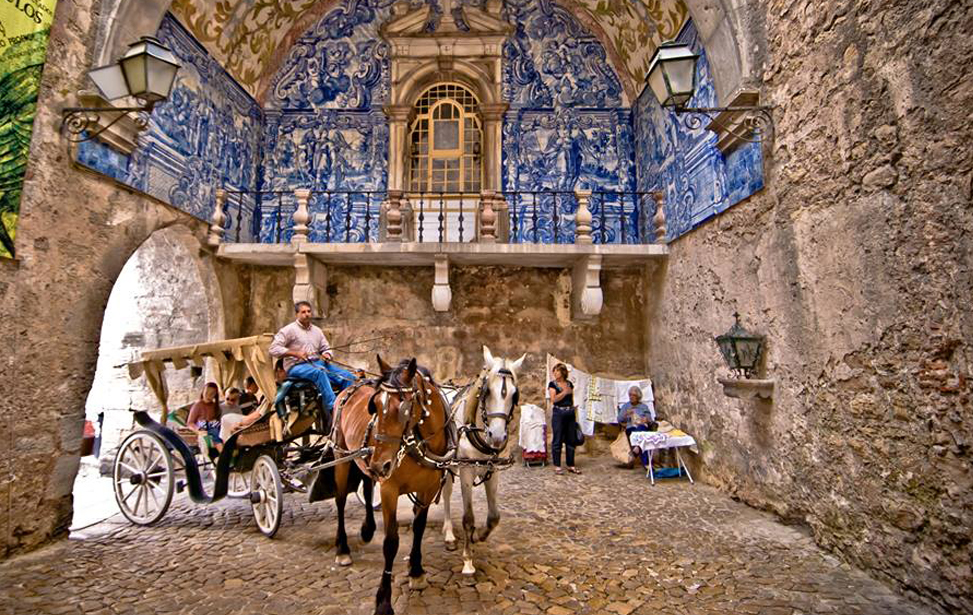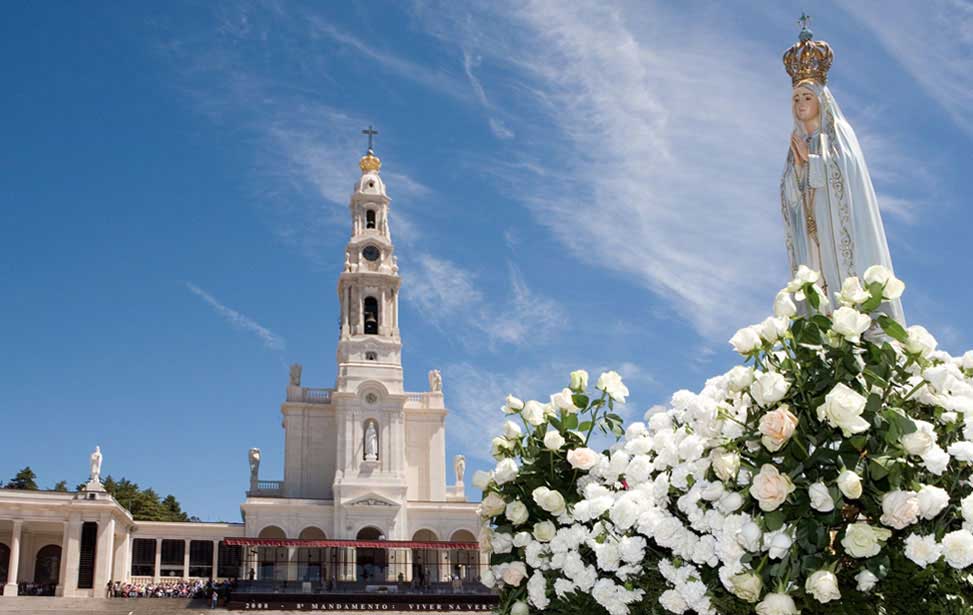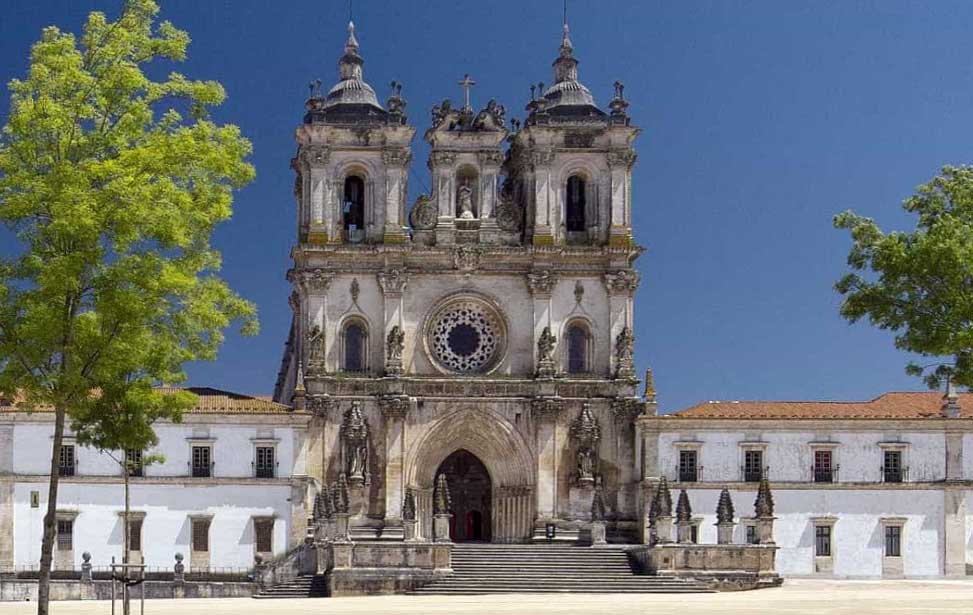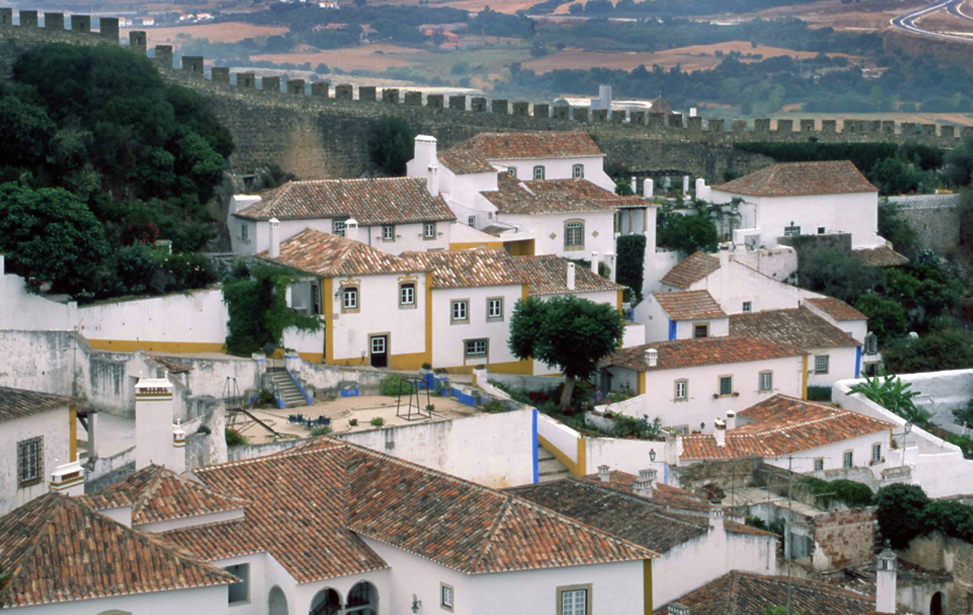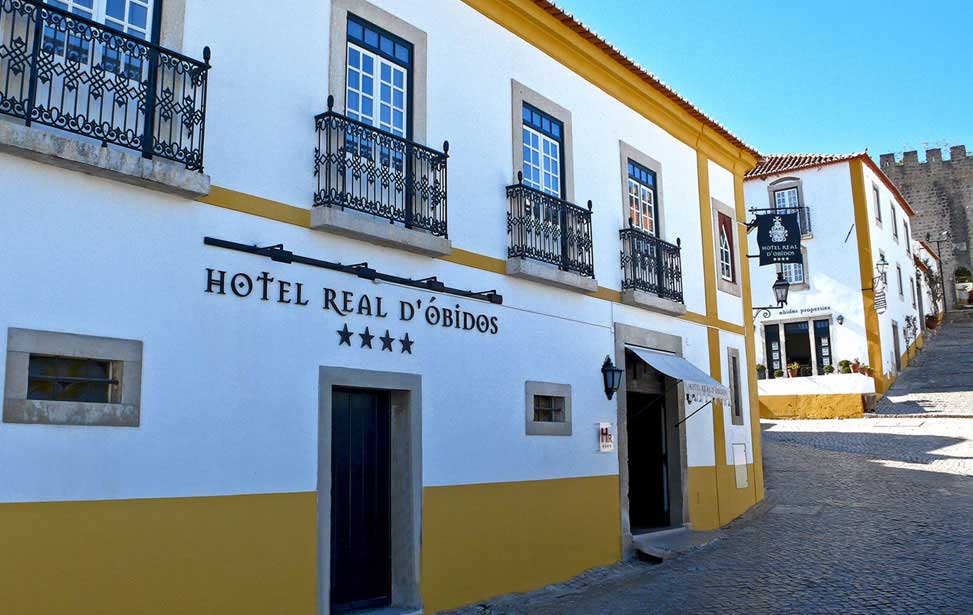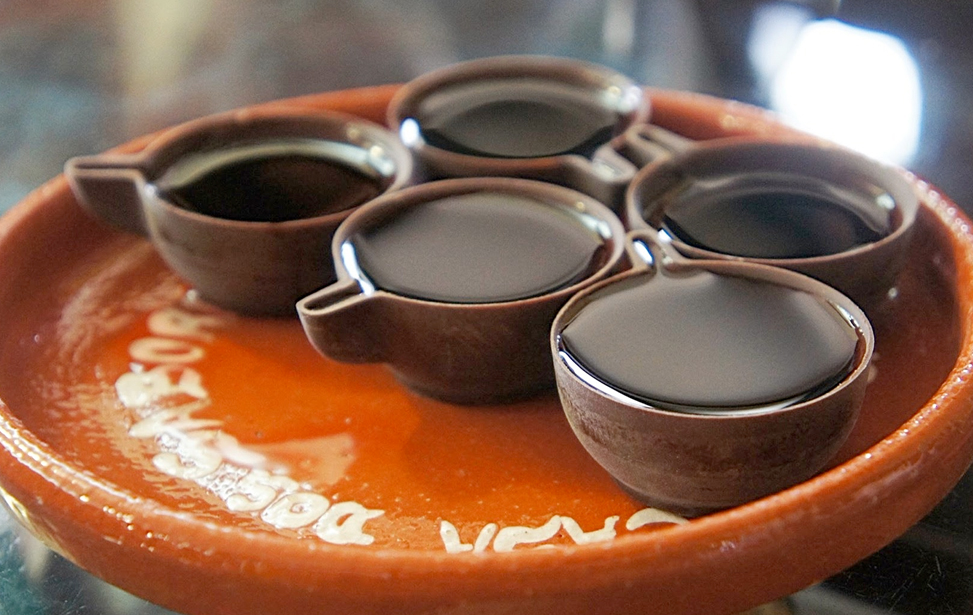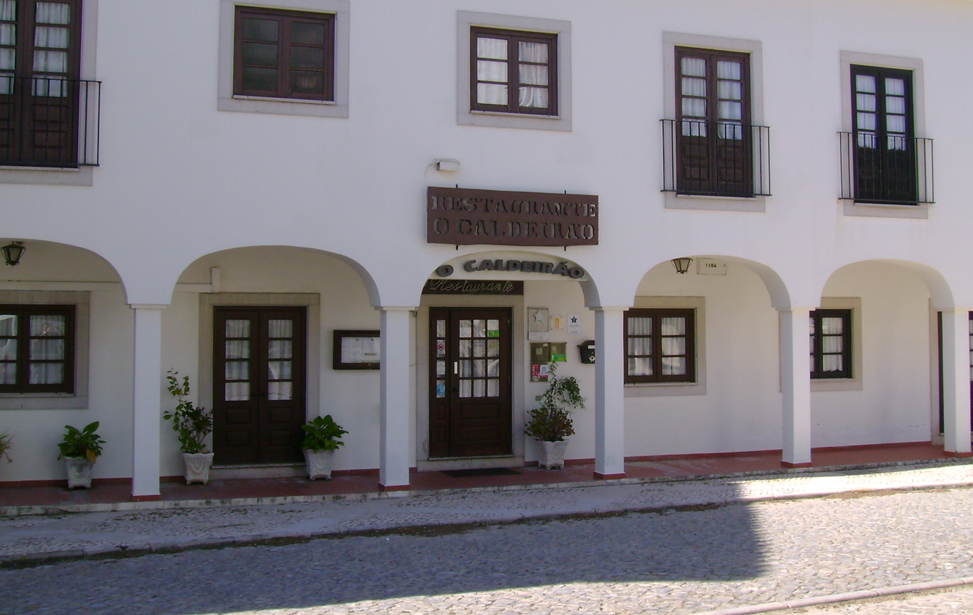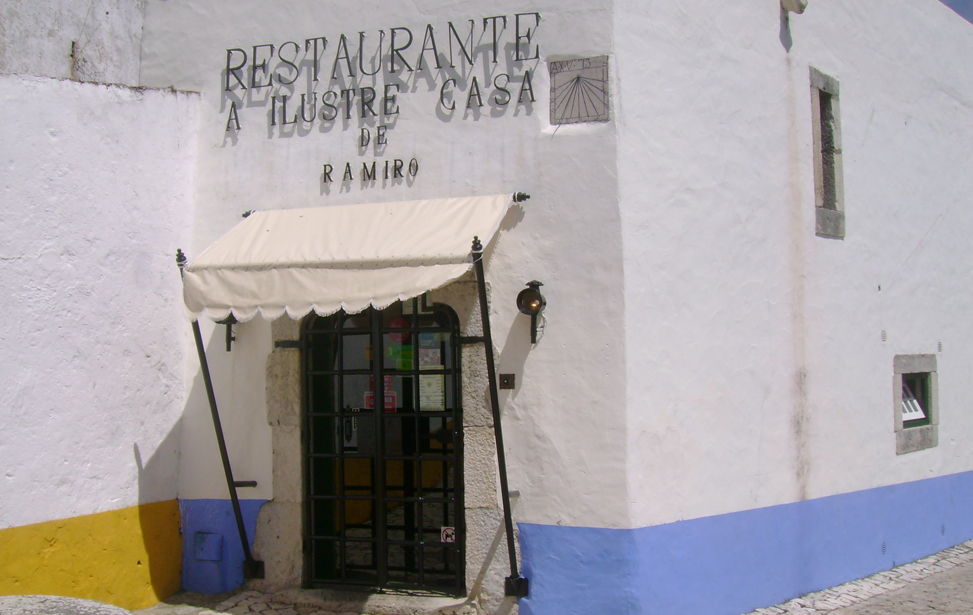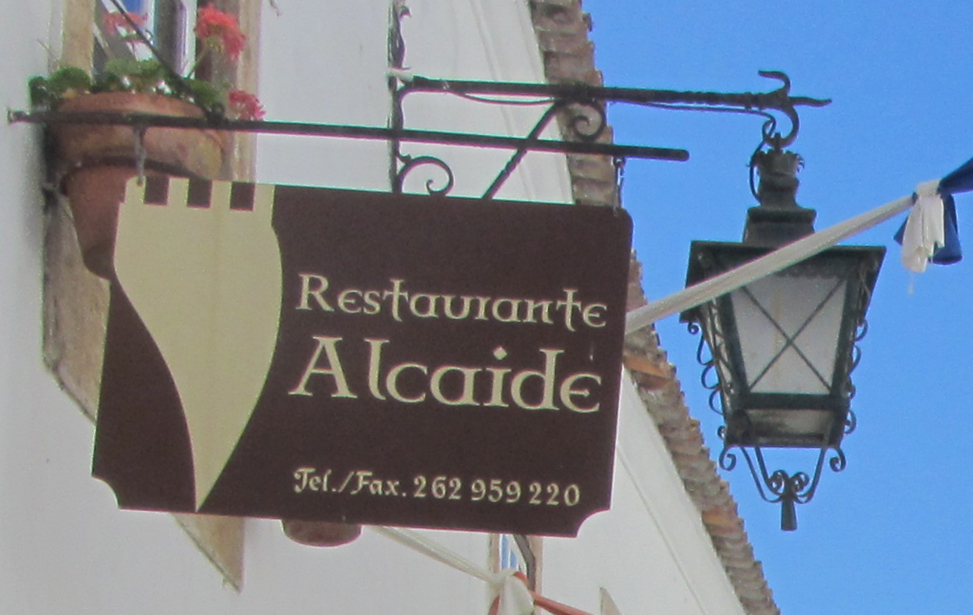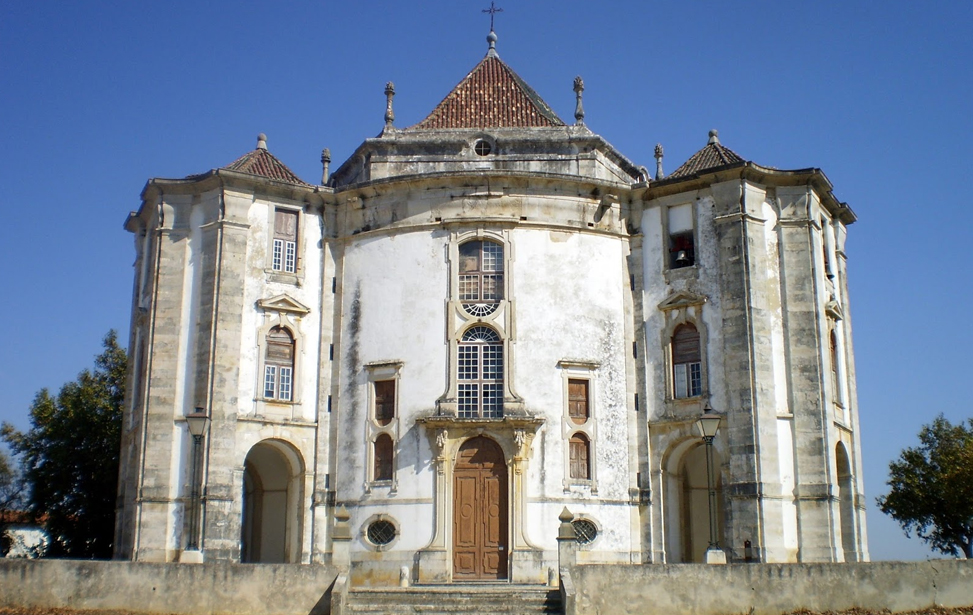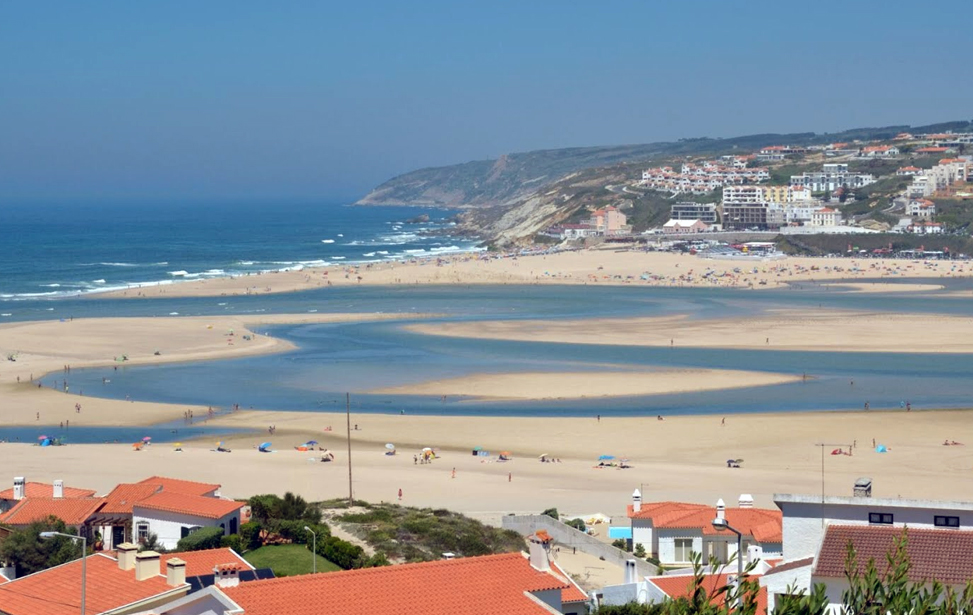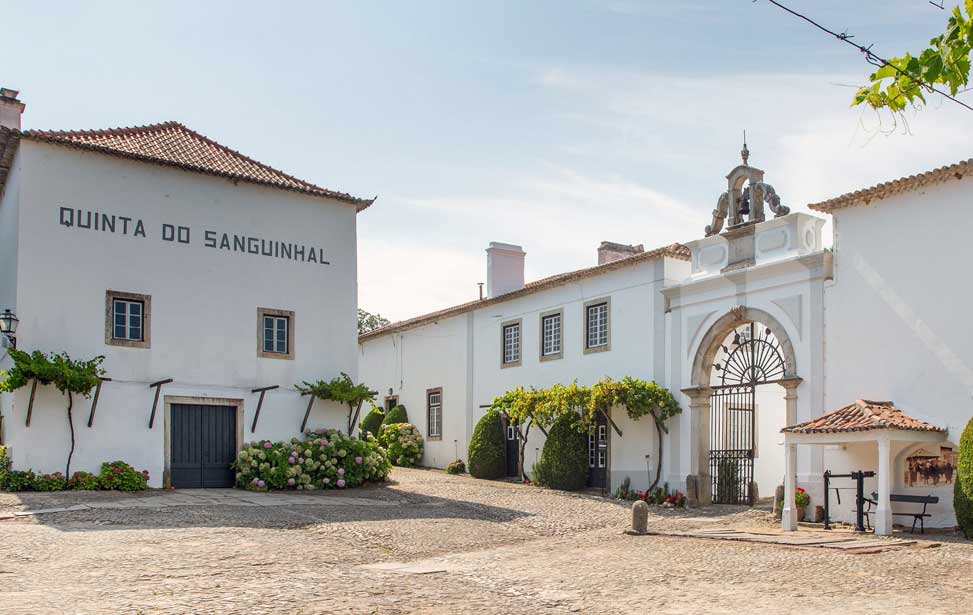- BUY TICKETS
-
LISBON
-
- Rossio Square
- Santa Justa Elevator
- Tram 28
Viewpoints
- Miradouro de Santa Catarina
- Miradouro de Santa Luzia
- Miradouro das Portas do Sol
- Miradouro São Pedro Alcântara
Castles & Palaces
- Ajuda Palace
- Belém Palace
- Belém Tower
- Castle of São Jorge
- Fronteira Palace
- Neccessidades Palace
- Queluz Palace
- São Bento Palace
Religious Buildings
- Carmo Convent
- Cathedral (Sé)
- Conceição Velha Church
- Estrela Basilica
- Graça Church
- Jeronimos Monastery
- Memória Church
- National Pantheon of Santa Engracia
- Saint Anthony Church
- São Domingos Church
- São Roque Church
- São Vicente de Fora Monastery
Zoological
- Aquario Vasco da Gama
- Lisbon Zoo
- Oceanarium
Museums and Galleries
- Banksy Museum
- Calouste Gulbenkian Museum
- Carris Transport Museum
- Fado Museum
- Interactive Science Museum
- Lisbon Museum
- MAAT (Museum of Art,
Architecture and Technology) - Military Museum
- MUDE
- National Archeology Museum
- National Coach Museum
- National Museum of Ancient Art
- National Tile Museum
- Orient Museum
- Planetarium Calouste Gulbenkian
- Quake
- Roman Theatre and Museum
- Water Museum (Mãe d’Água das Amoreiras Reservoir)
-
- Eat
- Sleep
- Activities
- Info
-
SINTRA
-
MISCELLANEOUS
- Capuchos Convent
- Parque da Pena (Pena Park)
- Peninha Sanctuary
 Lisbon Card Discounts
Lisbon Card DiscountsHISTORIC CENTRE
- About
- Fountains
- Sintra Myths & Legends
-
- Close By
-
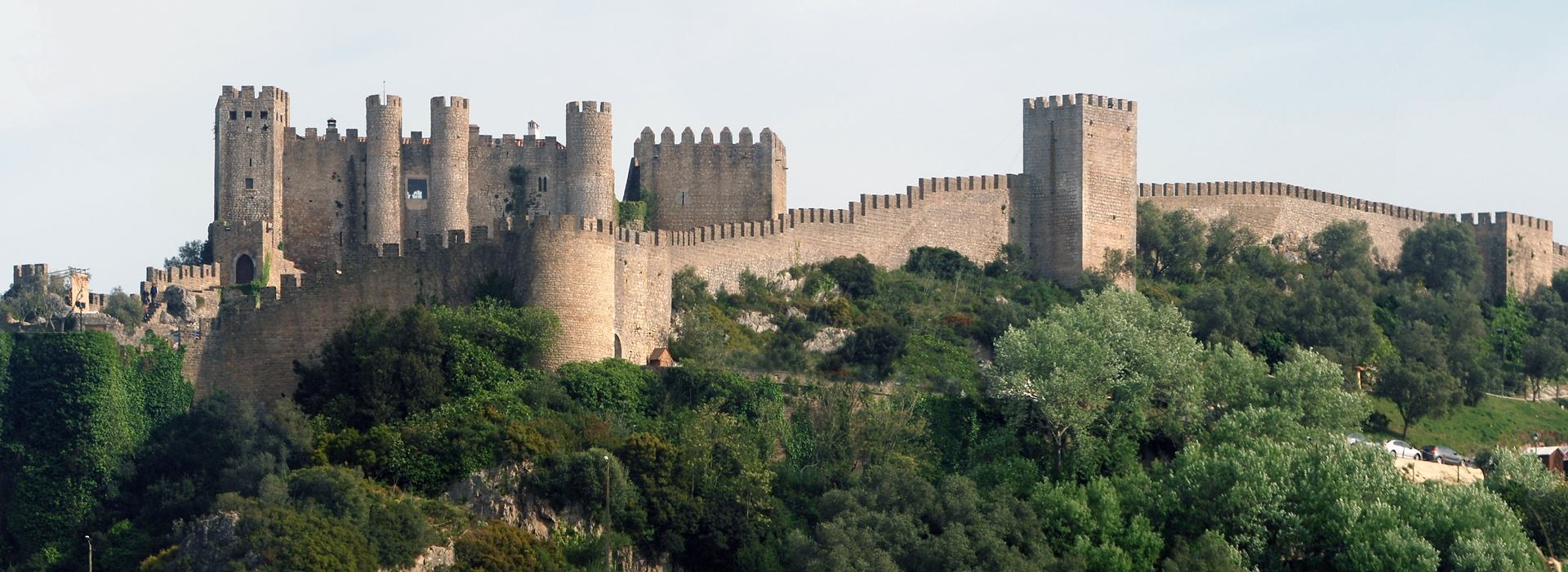
ÓBIDOS
Perched 70m (230ft) high over the surrounding landscape North of Lisbon, Óbidos is a charming medieval town steeped in history and surrounded by fortified walls. Dating back to Roman times, this picturesque destination has a rich cultural heritage that beckons visitors to explore its cobblestone streets and historic landmarks.
Once a wedding gift from King Dinis to Queen Isabel in the 13th century, Óbidos is renowned for its well-preserved medieval architecture and enchanting atmosphere. Wander through the narrow alleys lined with whitewashed houses adorned with colourful flowers, and admire the intricate Manueline-style churches and traditional azulejos tiles.
Top attractions include the imposing Óbidos Castle, which offers panoramic views of the town and surrounding countryside, and the Santa Maria Church, known for its beautiful Gothic interior. Don't miss the opportunity to stroll along the town's fortified walls, which offer breathtaking vistas of the rolling hills and vineyards of the Oeste region.
For those seeking adventure, Óbidos hosts various festivals throughout the year, including the renowned Medieval Market, where visitors can step back in time and experience the town's medieval roots. With its rich history, stunning architecture, and vibrant cultural scene, Óbidos promises an unforgettable experience for travellers seeking to immerse themselves in Portugal's past.





